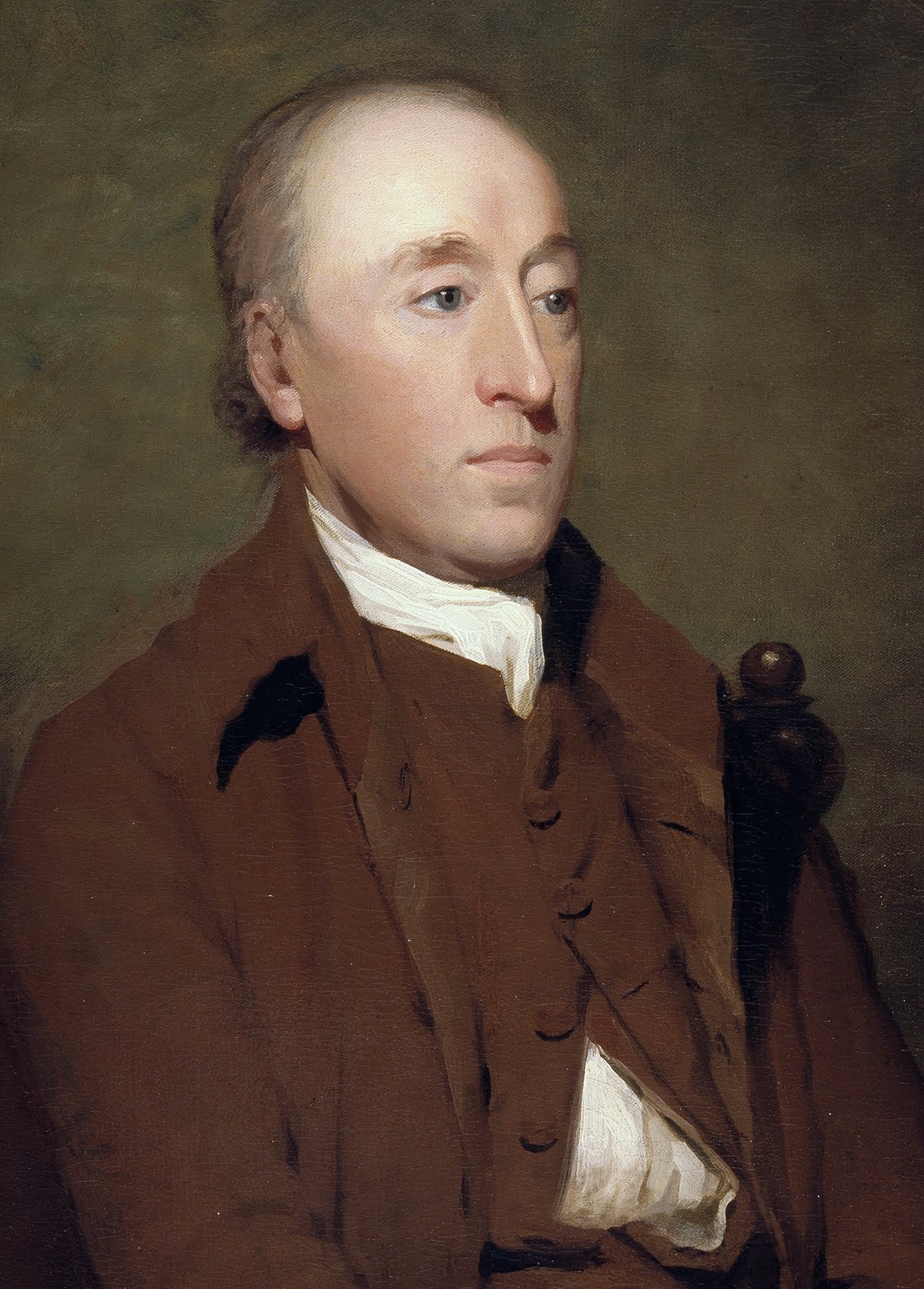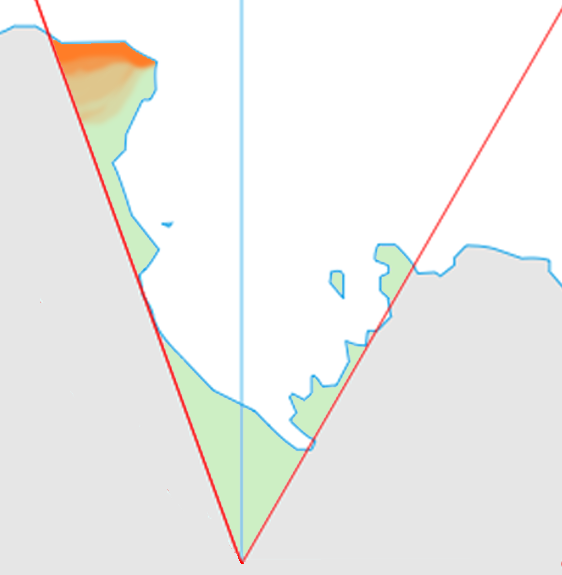|
Jago Nunataks
The Jago Nunataks () are a cluster of closely spaced nunataks rising to , centred east of the south end of Neall Massif in the Concord Mountains of Antarctica. They were named by the New Zealand Antarctic Place-Names Committee in 1983 after J.B. Jago, a geologist with the New Zealand Antarctic Research Programme geological parties to this area in 1974–75 and 1980–81. These topographical Nunataks lie situated on the Pennell Coast, a portion of Antarctica lying between Cape Williams Cape Williams () is an ice-covered cape in Antarctica. It is the termination of Buell Peninsula at the east side of the terminus of Lillie Glacier at the lower ends of George Glacier and Zykov Glacier. The peninsula is 15 nautical miles (28 ... and Cape Adare. References Nunataks of Victoria Land Pennell Coast {{VictoriaLand-geo-stub ... [...More Info...] [...Related Items...] OR: [Wikipedia] [Google] [Baidu] |
Nunatak
A nunatak (from Inuit ''nunataq'') is the summit or ridge of a mountain that protrudes from an ice field or glacier that otherwise covers most of the mountain or ridge. They are also called glacial islands. Examples are natural pyramidal peaks. When rounded by glacial action, smaller rock promontories may be referred to as rognons. The word is of Greenlandic origin and has been used in English since the 1870s. Description The term is typically used in areas where a permanent ice sheet is present and the nunataks protrude above the sheet.J. J. Zeeberg, ''Climate and Glacial History of the Novaya Zemlya Archipelago, Russian Arctic''. pp. 82–84 Nunataks present readily identifiable landmark reference points in glaciers or ice caps and are often named. While some nunataks are isolated, sometimes they form dense clusters, such as Queen Louise Land in Greenland. Nunataks are generally angular and jagged, which hampers the formation of glacial ice on their tops, although snow c ... [...More Info...] [...Related Items...] OR: [Wikipedia] [Google] [Baidu] |
Neall Massif
Neall Massif is a mountain massif rising between the Salamander and West Quartzite Ranges. Named by the New Zealand Antarctic Place-Names Committee (NZ-APC) for V.E. Neall, geologist of the New Zealand Geological Survey Antarctic Expedition The New Zealand Geological Survey Antarctic Expedition (NZGSAE) describes a series of scientific explorations of the continent Antarctica. The expeditions were notably active throughout the 1950s and 1960s. Features named by the expeditions 1957 ... (NZGSAE), 1967–68. See also * Jago Nunataks Mountains of Victoria Land Borchgrevink Coast {{BorchgrevinkCoast-geo-stub ... [...More Info...] [...Related Items...] OR: [Wikipedia] [Google] [Baidu] |
Concord Mountains
The Concord Mountains is a group name applied to a complex system of mountain ranges in northwest Victoria Land, Antarctica, comprising the Everett Range, Mirabito Range, King Range, Leitch Massif, East Quartzite Range and West Quartzite Range. It is situated on the Pennell Coast, a part of Antarctica between Cape Williams Cape Williams () is an ice-covered cape in Antarctica. It is the termination of Buell Peninsula at the east side of the terminus of Lillie Glacier at the lower ends of George Glacier and Zykov Glacier. The peninsula is 15 nautical miles (28 ... and Cape Adare. The mountains were mapped by the United States Geological Survey (USGS) from surveys and U.S. Navy aerial photographs from 1960–63. The name "Concord" was chosen by the northern party of the New Zealand Geological Survey Antarctic Expedition (NZGSAE), which explored the area in 1963–64, in honor of international harmony in Antarctica, and in particular for the fact that five nations parti ... [...More Info...] [...Related Items...] OR: [Wikipedia] [Google] [Baidu] |
Antarctica
Antarctica () is Earth's southernmost and least-populated continent. Situated almost entirely south of the Antarctic Circle and surrounded by the Southern Ocean, it contains the geographic South Pole. Antarctica is the fifth-largest continent, being about 40% larger than Europe, and has an area of . Most of Antarctica is covered by the Antarctic ice sheet, with an average thickness of . Antarctica is, on average, the coldest, driest, and windiest of the continents, and it has the highest average elevation. It is mainly a polar desert, with annual precipitation of over along the coast and far less inland. About 70% of the world's freshwater reserves are frozen in Antarctica, which, if melted, would raise global sea levels by almost . Antarctica holds the record for the lowest measured temperature on Earth, . The coastal regions can reach temperatures over in summer. Native species of animals include mites, nematodes, penguins, seals and tardigrades. Where ve ... [...More Info...] [...Related Items...] OR: [Wikipedia] [Google] [Baidu] |
New Zealand Antarctic Place-Names Committee
New Zealand Antarctic Place-Names Committee (NZ-APC) is an adjudicating committee established to authorize the naming of features in the Ross Dependency on the Antarctic continent. It is composed of the members of the New Zealand Geographic Board plus selected specialists on Antarctica. This committee works in collaboration with similar place-naming authorities in Australia, Great Britain and the United States to reach concurrence on each decision. The NZ-APC committee was established in 1956. Names attributed by the committee * Alberich Glacier, named after Alberich, king of the elves and chief of the Nibelungen * Arena Saddle, named in conjunction with Arena Valley * Brawhm Pass, named after the six party members of the University of New South Wales expeditions of 1964–65 and 1966–67 * Caliper Cove, named for descriptive features * Canada Stream, named in conjunction with Canada Glacier * Cape Crossfire, named for descriptive features * Cuneiform Cliffs, named for ... [...More Info...] [...Related Items...] OR: [Wikipedia] [Google] [Baidu] |
Geologist
A geologist is a scientist who studies the solid, liquid, and gaseous matter that constitutes Earth and other terrestrial planets, as well as the processes that shape them. Geologists usually study geology, earth science, or geophysics, although backgrounds in physics, chemistry, biology, and other sciences are also useful. Field research (field work) is an important component of geology, although many subdisciplines incorporate laboratory and digitalized work. Geologists can be classified in a larger group of scientists, called geoscientists. Geologists work in the energy and mining sectors searching for natural resources such as petroleum, natural gas, precious and base metals. They are also in the forefront of preventing and mitigating damage from natural hazards and disasters such as earthquakes, volcanoes, tsunamis and landslides. Their studies are used to warn the general public of the occurrence of these events. Geologists are also important contributors to ... [...More Info...] [...Related Items...] OR: [Wikipedia] [Google] [Baidu] |
New Zealand Antarctic Research Programme
The New Zealand Antarctic Research Programme (NZARP) was a research program that operated a permanent research facility in Antarctica from 1959 to 1996. It was created by the Geophysics Division of New Zealand's Department of Scientific and Industrial Research (DSIR), originally based in Wellington. The programme promoted research in geochemistry, zoology, geology, botany, meteorology, and limnology. History NZARP began as a proposal by the New Zealand government, in 1953, for a research base in Antarctica. Its mission was to provide support for a variety of scientific fieldwork in Antarctica. Members worked as researchers, assistants, tour guides, operators, and administrators to Scott Base. Ground was broken for Scott Base on 10 January 1957. Assembly of the base began 12 January, conducted by the eight men who first assembled the base in Wellington, and was completed by 20 January. In 1959, the NZARP was established to work with the Ross Dependency Research Committee ... [...More Info...] [...Related Items...] OR: [Wikipedia] [Google] [Baidu] |
Pennell Coast
Pennell Coast is that portion of the coast of Antarctica between Cape Williams and Cape Adare. To the west of Cape Williams lies Oates Coast, and to the east and south of Cape Adare lies Borchgrevink Coast. Named by New Zealand Antarctic Place-Names Committee (NZ-APC) in 1961 after Lieutenant Harry Pennell, Royal Navy, commander of the Terra Nova, the expedition ship of the British Antarctic Expedition, 1910–13. Pennell engaged in oceanographic work in the Ross Sea during this period. In February 1911 he sailed along this coast in exploration and an endeavor to land the Northern Party led by Lieutenant Victor Campbell. The name is also used more loosely to refer to both the coast itself and the hinterland extending south to the watershed of the Southern Cross Mountains Southern Cross Mountains is the name applied to the group of Antarctic mountain ranges lying between the Mariner and Priestley Glaciers in Victoria Land. Seaward parts of this area were first viewed b ... [...More Info...] [...Related Items...] OR: [Wikipedia] [Google] [Baidu] |
Cape Williams
Cape Williams () is an ice-covered cape in Antarctica. It is the termination of Buell Peninsula at the east side of the terminus of Lillie Glacier at the lower ends of George Glacier and Zykov Glacier. The peninsula is 15 nautical miles (28 km) long and is situated at the extremity of the Pennell Coast portion of Victoria Land Victoria Land is a region in eastern Antarctica which fronts the western side of the Ross Sea and the Ross Ice Shelf, extending southward from about 70°30'S to 78°00'S, and westward from the Ross Sea to the edge of the Antarctic Plateau. I ..., lying between Cape Williams and Cape Adare. It was discovered in February 1911 when the Terra Nova of the British Antarctic Expedition, 1910–13, explored the area westward of Cape North, and it was named for William Williams, Chief Engine-room Artificer on the Terra Nova. Headlands of Victoria Land Pennell Coast {{VictoriaLand-geo-stub ... [...More Info...] [...Related Items...] OR: [Wikipedia] [Google] [Baidu] |
Cape Adare
Cape Adare is a prominent cape of black basalt forming the northern tip of the Adare Peninsula and the north-easternmost extremity of Victoria Land, East Antarctica. Description Marking the north end of Borchgrevink Coast and the west end of Pennell Coast, the cape separates the Ross Sea to the east from the Southern Ocean to the west, and is backed by the high Admiralty Mountains. Cape Adare was an important landing site and base camp during early Antarctic exploration. Off the coast to the northeast are the Adare Seamounts and the Adare Trough. History Captain James Ross discovered Cape Adare in January 1841 and named it after his friend the Viscount Adare (the title is derived from Adare, Ireland). In January 1895, Norwegian explorers Henrik Bull and Carsten Borchgrevink from the ship ''Antarctic'' landed at Cape Adare as the first documented landing on Antarctica, collecting geological specimens. Borchgrevink returned to the cape leading his own ex ... [...More Info...] [...Related Items...] OR: [Wikipedia] [Google] [Baidu] |
Nunataks Of Victoria Land
A nunatak (from Inuit ''nunataq'') is the summit or ridge of a mountain that protrudes from an ice field or glacier that otherwise covers most of the mountain or ridge. They are also called glacial islands. Examples are natural pyramidal peaks. When rounded by glacial action, smaller rock promontories may be referred to as rognons. The word is of Greenlandic origin and has been used in English since the 1870s. Description The term is typically used in areas where a permanent ice sheet is present and the nunataks protrude above the sheet.J. J. Zeeberg, ''Climate and Glacial History of the Novaya Zemlya Archipelago, Russian Arctic''. pp. 82–84 Nunataks present readily identifiable landmark reference points in glaciers or ice caps and are often named. While some nunataks are isolated, sometimes they form dense clusters, such as Queen Louise Land in Greenland. Nunataks are generally angular and jagged, which hampers the formation of glacial ice on their tops, although snow can a ... [...More Info...] [...Related Items...] OR: [Wikipedia] [Google] [Baidu] |




